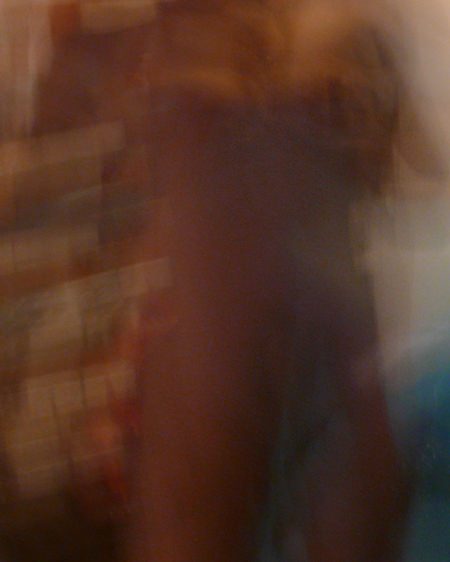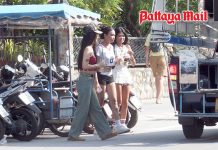
There is so much more to photography than just taking “record” shots. By “record shots” I mean just point and shoot, the camera set on A, and your input to the final image is zero. OK, you got a photo of the Eiffel Tower, but you may as well have left the camera at home and bought postcards.
Your DSLR (digital single lens reflex) has many modes that can be used to make different photographs that can stand out and show your input to the final image.
Looking at the modes your camera can use, normally you will find the “A” mode, standing for Aperture, one of the variables that can alter the amount of light coming through the camera lens. Take your time to see how you can alter the numerical A setting with the range usually f 2 through to f 16. By using the A setting like this, your camera will work out the best shutter speed, the other variable.
Now, for portraits, put the camera on A and select f 4, this being the setting to give you a short depth of field. Your subject will be in focus but the background will be blurred. Try to keep as much distance between the subject and the background as you can. By this maneuver your portraits will be very much more pleasing for both the photographer and the sitter.
Another of the modes your camera will give you is the T, which is Time exposure. Use of this mode can produce some very different final images. For some great ‘sunset’ shots, start clicking in the last 10 minutes as the sun goes down. You will get something interesting.
The other use of the T setting is to produce some interesting abstracts. Over a 30 second time interval move the camera from side to side. The camera is storing images which are then overlaid over one another, producing the abstracts. Fortunately the digital revolution allows you to experiment at no cost (other than the setting up)!
Now, does you camera have a “burst” capability? Consult the manual and find where it is. This is the ideal way to take group shots. You’ve all had the experience of taking a group shot and someone has moved or has their eyes crossed or doing stupid rabbit ears over somebody’s head – the burst mode fixes all that. This rattles off 10 or 20 shots one after the other. One of them will be OK. Believe me, even Roger rabbit ears himself.
Another shot (or pose) that is very popular is the jumping for joy image, and for most people they are disappointed with the result. Here’s how to get the good one. Select Burst again and a fast shutter speed (1:500 should be fast enough) and here’s the trick, get down low so that the jumper can be seen against the sky. Pre-focus, set the shutter speed and as soon as the jumping starts, use the Burst!
Another favorite shot is the romantic soft focus, often associated with weddings and other romantic events. Unfortunately for all those who use the “mode” switch, there isn’t one called “Romantic portraits” or even “soft focus”. However, you can make your own and they cost very little.
The first and easiest is to make one out of a plastic bag. Choose the thinnest you can and stretch it over the front of the lens, select the A (automatic) mode and fire away. If you can’t find a plastic bag (I don’t believe you) use a piece of pantyhose material, but wait till the wearer has finished with them.
Now here is the ‘ultimate’ soft focus filter which will cost you one baht (returnable). Get yourself a piece of clear plastic or glass, about 5 cm x 5 cm and put a one baht coin on the middle. Now cover with hair spray and let it dry. Now flick off the coin and you have a clear center with hazy outside. Trial with different apertures (around f 2 to f 5.6 is best), concentrating on your model in the center of a soft focus surroundings. And all it cost was one baht!
 |
 |
 |





